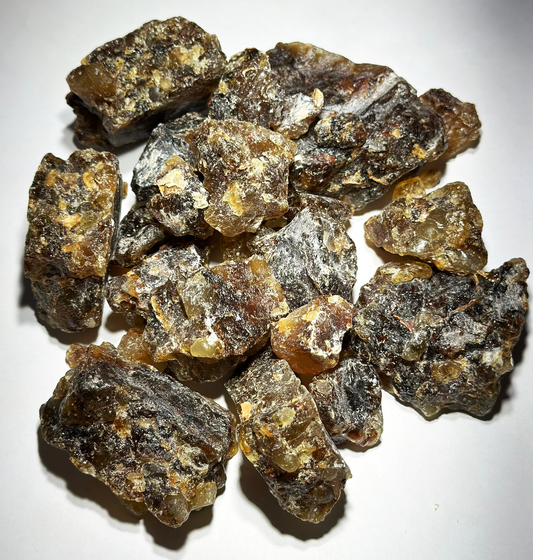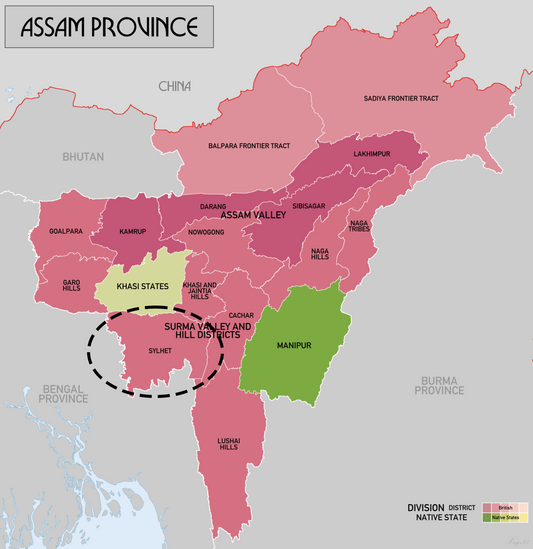If you’ve read Part 2 and have seen the results, then you probably have a question. Why is there two Gyrinops clads? And why are they branched out on different parts of the evolutionary tree? Well, the answer to that is quite difficult. Let me first start off by saying that Gyrinops Tribe isn’t exactly different from Aquilaria. A primary difference used to observe Gyrinops is the number of stamens (the male reproductive organ of a flower). Where Aquilaria has 10 stamens, the species labelled as being part of the Gyrinops tribe only have 5. This in itself does not necessarily designate a difference, as a difference in only a few genes is not sufficient to separate the tribes from one another.
Keeping that in mind, let’s talk a little about evolution and the different types of speciation, namely, Isolated Speciation, and Non-Isolated species.
Types of speciation:
-
Isolated Speciation
- Allopatric: Biological populations from the same species become isolated from one-another, interfering with gene flow.
Examples: A. Subintegra and A. Rostrata diverging from the Crassna Clad.
-
Non-Isolated Speciation
- Sympatric: Species evolving from a surviving ancestor while inhabiting the same geographic region.
- Parapatric: A form of speciation, which occurs when one population begins diverging into two groups, with a hybrid barrier in between. The hybrid barrier is usually eliminated due to selective disadvantages, which makes it difficult to distinguish between Sympatric and Parapatric speciation.
Examples: A. Malaccensis, A. Microcapra, and A. Beccariana diverging from the Malaccensis Clad (theorized due to high similarities across ITS1, as well as the 5 combined chloroplast loci, whilst occupying the same geographic region).
The Gyrinops schism could be a result of numerous theories, here is a couple of them:
Theory 1 (Isolated Allopatric Speciation from Proto-Gyrinops, Hybridized with Primitive Aquilaria):
It could very well be that a primitive form of Gyrinops hybridized with primitive Aquilaria in the region, causing more gene exchange between what was later to become the Malaccensis Clad and the Neo-Gyrinops Clad, making the Neo-Gyrinops Clad also somewhat a distant descendant of the Proto-Gyrinops Clad. After all, hybridization between diverging species does occur, and can end up with a newly formed species being the genetic descendant of different clads of the evolutionary tree.
Theory 2 (Isolated Speciation from the Malaccensis Clad)
The Neo-Gyrinops clad is actually not a genetic descendant of the Proto-Gyrinops Clad, but simply underwent a similar evolutionary path that ended up with achieving a similar phenotype. This can be proved by isolating which genes express the phenotype. If their phenotypes are the product of different genotypes, then Gyrinops can definitely be said to merely be an extension of the Aquilaria tribe.
Regardless of which theory is true, the evidence points to Gyrinops not constituting it’s own separate tribe.
Is everyone ready to start calling everything Aquilaria? Let’s just wait for further conclusive evidence on the matter before switching gears all of a sudden.







